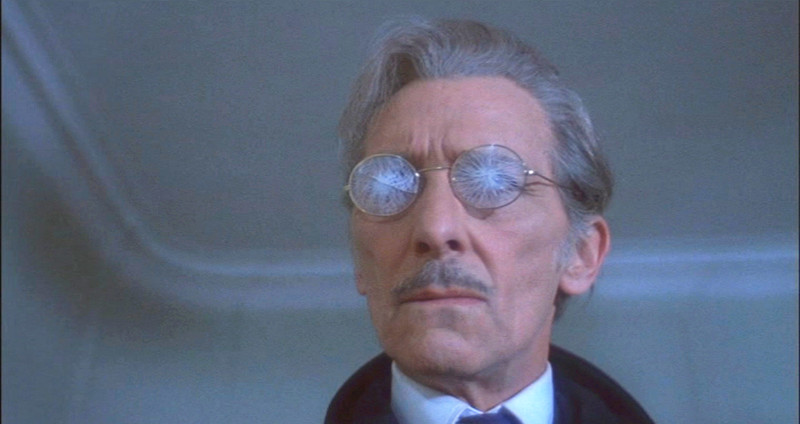
British movie production company Hammer Film Productions is notorious for producing gothic and fantasy films featuring some of horror’s most iconic characters like Frankenstein and Dracula, but in peak production years, they notably released some heart-pounding thrillers as well. From gritty and grim mysteries, to mind-bending psychological crime thrillers, Hammer Studios gives audiences a wealth of works to choose from. Whether you’re looking for something slow-burning and cerebral, or fast-paced and tense, Hammer’s got it all.
1. The Hound of the Baskervilles (1959)
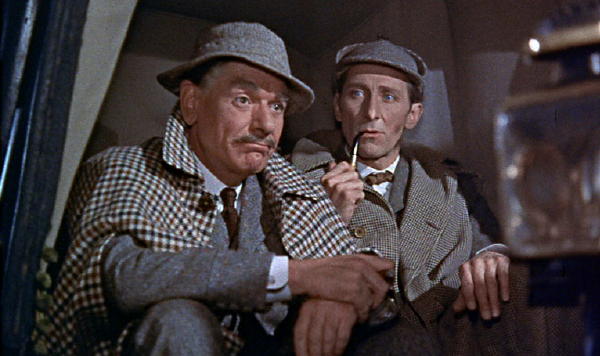
The 1959 Terence Fisher-directed The Hound of the Baskervilles is widely lauded as one of Hammer Studio’s very best. Starring Peter Cushing in a praise-worthy performance, the film follows the distinguished Sherlock Holmes, played by Cushing, and Doctor Watson, played by André Morell as they investigate a series of baffling and unsettling phenomena under the looming threat of a canine-related curse. As something of a Sherlock Holmes expert, Cushing brought a wealth of background knowledge and enthusiasm to the film, ultimately making suggestions during filming that gave an authenticity to the work that might not have been as intricately achieved otherwise.
It greets you with gnarled, knotty-fonted opening credits and thundering brass from the very start. While many movies falter in quality from exposition, the opening narration gives an eerie and fairytale-esque atmosphere that lends itself quite well to the general arc of the film. Though a grim and gothic mystery, the film wastes no color either; vibrant reds and greens accentuate frames throughout the film, throwing the bleak grays and blacks into relief. Color interacts gracefully with lighting, and frequent use of shadows evoke a curious and cryptic aura. Though there are numerous adaptations of Arthur Conan Doyle’s 1902 novel of the same name, Hammer Studio’s The Hound of the Baskervilles is certainly worth the watch.
2. Cash on Demand (1961)
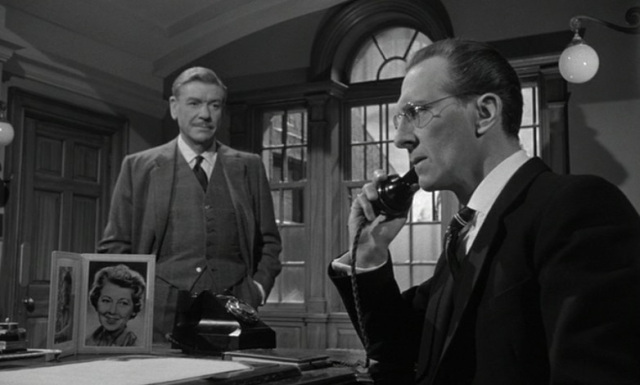
Cash on Demand is a 1961 crime thriller with neo noir elements. Starring Peter Cushing alongside André Morell, it was directed by Quentin Lawrence. A thrilling retelling of A Christmas Carol, the film centers on a bank robber who holds the family of a bank manager hostage and the ensuing cinematic capers. Cushings performance has been praised as elevating the film above the usual B-movie standing, as he lends the character a complexity and severity through his acutely defined delivery. The interplay of fast-talkers with nervous stammerers, of austere stares with averted eyes, and curiosity with guarded dispositions make for a dynamic and suspenseful romp.
Unflinchingly close and steady camera work give little respite from the quick and unnerving pace of the film. The camera work wastes no time in conveying the close proximity of performers to give a sense of impending doom and inescapable precarity. Cash on Demand is an immersive and jarring experience, simply but expertly done.
3. Taste of Fear (1961)
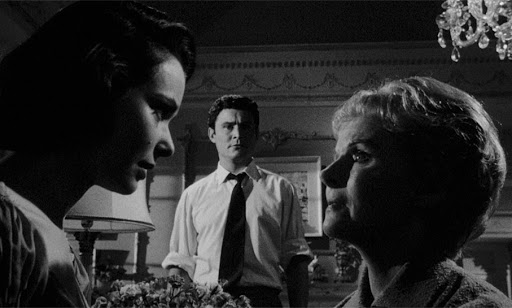
Seth Holt’s 1961 British thriller Taste of Fear, known in the United States as Scream of Fear, brings to the screen Susan Strasberg, Ronald Lewis, Ann Todd, and Christopher Lee in a frightening, suspenseful, and often alarming tale of interwoven lies and tragedy. When Penny, played by Strasberg, suspects her stepmother, played by Ann Todd, of deceiving her about the whereabouts of her father, Penny is taunted by a descent into madness. Beautiful shots of lakes against a mountainous backdrop flourish under expert cinematography, contrasting the inner turmoil of a frightened Penny.
Subtle camerawork manipulates the emotions and motivations employed in the film, giving the audience clues to the inner workings of the madness in the film, but never spoon feeding them the details. Made explicit is the unending frustration one feels when one is doubted about something tragic and tumultuous, and themes of both grief, ideas and perceptions of insanity, and pure terror come together and culminate in a shocking and unexpected finale. The film feels like an unstoppable train, picking up momentum as it progresses, and meticulously withholding it’s offering of release until the very end.
4. Never Take Sweets from a Stranger (1960)
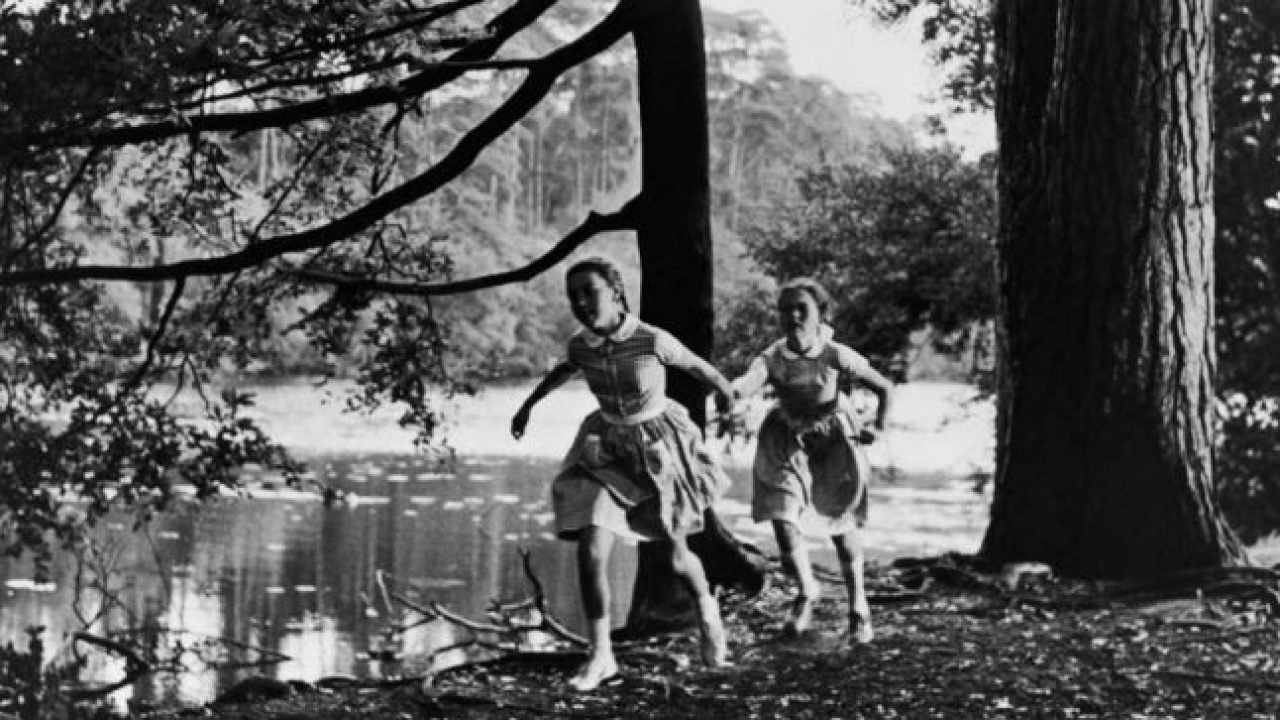
As the title may suggest, Never Take Sweets from a Stranger, or Never Take Candy from a Stranger as it is known in the United states, tackles the difficult and often taboo subject of child abuse at the hands of well-respected community figure. When 9-year-old Jean informs her parents that she was instructed to remove her clothes in front of an elderly man, her parents are disgusted and enraged. However, when they set out to take legal action, they find that the man’s status and wealth are a barrier to any sort of just recourse. Taking on the subject matter in a manner that is rightfully demanded of the film, the disastrous and often deadly consequences of obstructions of justice and undue skepticism are laid bare by the end of the film.
The film also gives insight into the unnaturally accelerated psychological development on the part of a child indoctrinated into a world of abuse and trauma, a child whose innocence and fragility is scorned by those in positions of power set with the task of judgment. A chilling and heart-pounding score compounded with hyper-realism in the stoic cinematography gives an unfortunate timelessness to the tale.
5. The Full Treatment (1960)
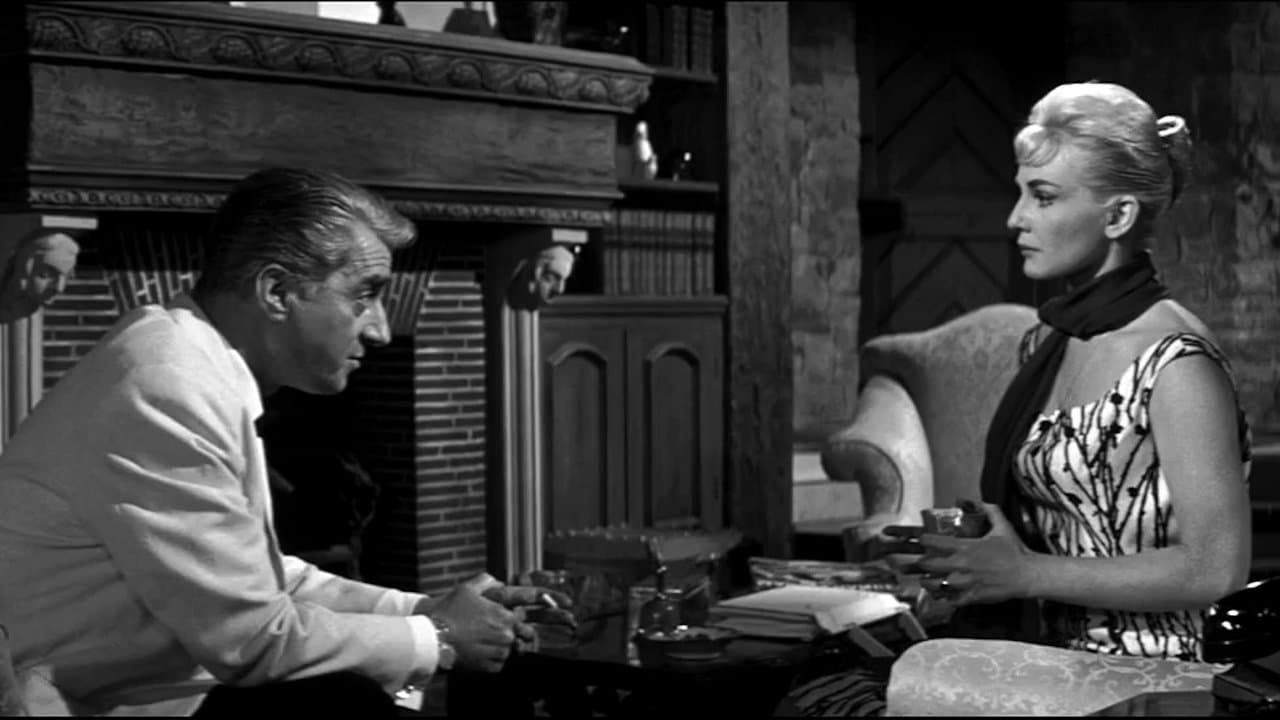
Also known as The Treatment as well as Stop Me Before I Kill, The Full Treatment is a British thriller directed by Val Guest. Based on the 1959 novel, The Full Treatment written by Ronald Scott Thorn, it showcases Claude Dauphin, Diane Cilento, and Ronald Lewis. A gut-wrenching tale of a racecar driver, Ronald Lewis, and his wife, played by Diane Cilento, the film follows the couple as they attempt to piece together the psychological mystery that enshrouds their complex interactions with Dr. Prade, who is played by Claude Dauphin. Fugue states, murderous fantasies, unrequited love, fraud, and an elaborate framing are among the elements of the film that brings.
The complicated inner workings of the characters is set on a backdrop of luxurious set pieces, and the performances bring out the dark and meandering underpinnings of the story. Guest finds horror not in jump scares or bloody gore, but in the uncertainty that the characters harbor within themselves, particularly when it is leveraged against them by those they trusted most. The film savors this confusion, and makes ample use of long, slow shots of characters’ interactions with one another. If you’re looking for something tense and tortuous, look no further.